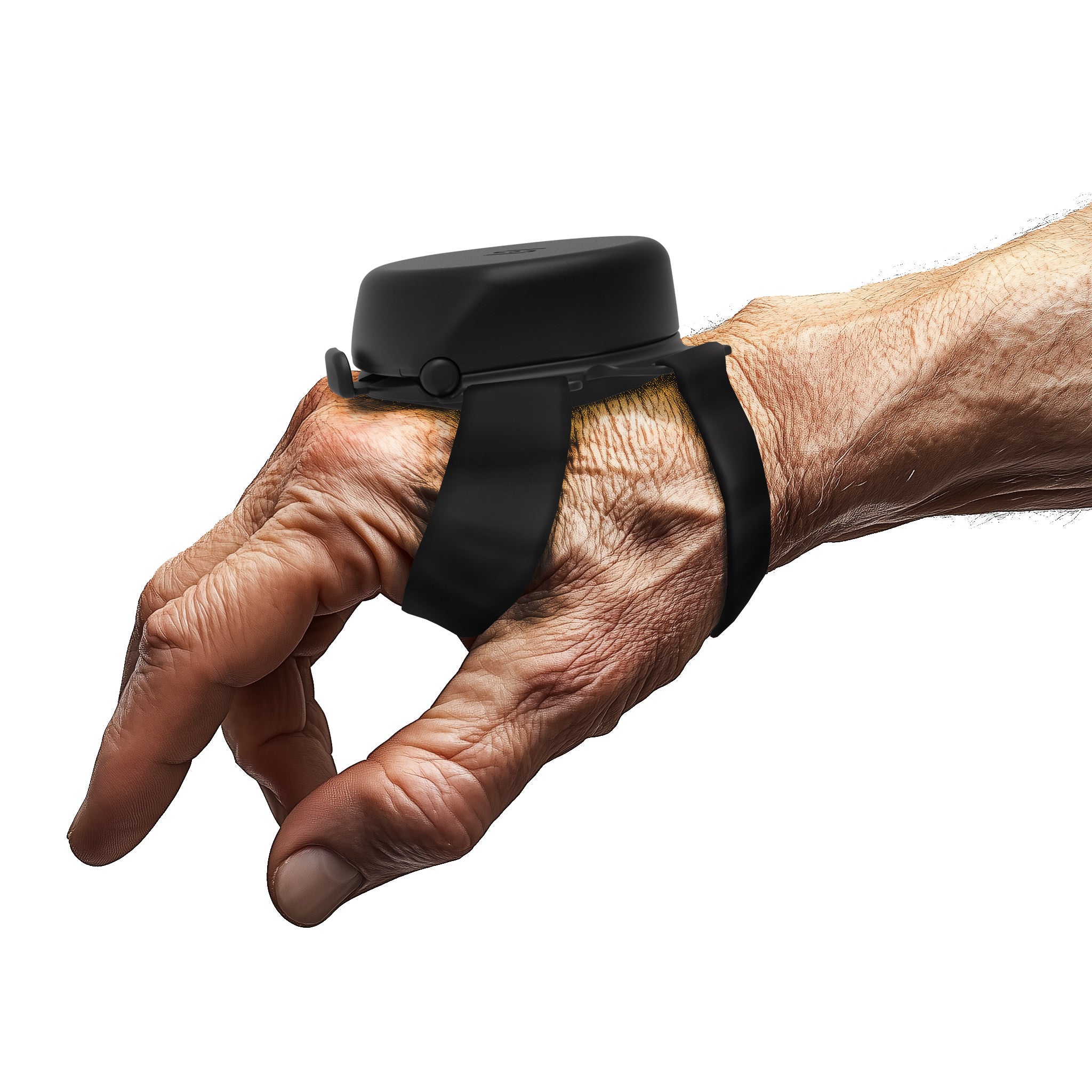Did you know that essential tremor, a neurological disorder affecting an estimated 10 million people in the United States alone, can turn everyday tasks into significant challenges? Characterized by involuntary and rhythmic shaking, this condition primarily impacts the hands but can also affect the head, voice, and other body parts. Understanding essential tremor is crucial for effective management and improving the quality of life for those affected.
In this blog, we will delve into the causes, demographics, and symptoms of essential tremor, explore various prevention and treatment strategies including Ayurvedic herbal remedies, and highlight the importance of support networks and innovative technologies.
Defining Essential Tremor
Essential tremor is a movement disorder that causes involuntary shaking, particularly in the hands. It differs from Parkinson's disease in its pattern and triggers. Essential tremor medication can help manage the symptoms, but understanding the condition is the first step towards effective treatment.
Demographics:
Who is Affected?
Essential tremor can affect individuals of all ages, but it is most common in people over 40. In fact, studies suggest that about 4% of people over the age of 40 are affected by essential tremor. The condition often runs in families, suggesting a genetic component. Knowing who gets essential tremor helps in early diagnosis and management.
Exploring the Causes
The exact cause of essential tremor is unknown, but it is believed to involve abnormal communication between certain areas of the brain, particularly the thalamus and cerebellum. Recent studies have identified potential genetic mutations that may contribute to the disorder, highlighting its hereditary nature. For instance, research published in the journal Neurology has pointed to a genetic link in approximately 50% of essential tremor cases, suggesting a strong familial predisposition.
Moreover, advances in neuroimaging techniques have allowed scientists to observe structural and functional abnormalities in the brains of those affected by essential tremor.
A study in The Lancet Neurology utilized advanced MRI scans to reveal changes in brain activity patterns, providing further insight into the neural mechanisms underlying the condition. Ongoing research continues to explore these abnormalities, aiming to develop more targeted treatments that address the specific neural pathways involved in essential tremor.
Prevention Strategies
While there is no definitive way to prevent essential tremor, certain lifestyle changes can help manage symptoms. Avoiding caffeine and managing stress are two effective strategies for how to stop hand tremors naturally.
Exploring Non-Medical Therapies

In addition to medication, various non-medical therapies can help manage essential tremor. Physical therapy can improve muscle control and coordination, while occupational therapy can teach techniques to perform daily tasks more effectively. Speech therapy may be beneficial for those whose tremors affect their voice. Exploring these therapies alongside essential tremor treatments can offer a more holistic approach to managing the condition.
The Importance of Support Networks
Building a strong support network is crucial for individuals living with essential tremor. Support groups, whether in-person or online, provide a platform to share experiences and coping strategies. Family and friends play a vital role in offering emotional support and practical assistance. Being part of a community can significantly improve mental health and provide a sense of belonging.
Research and Advancements in Treatment
Ongoing research into essential tremor is leading to new and improved treatment options. Scientists are exploring the genetic basis of the disorder, aiming to develop targeted therapies. Advancements in neurostimulation and focused ultrasound offer promising results for those who do not respond to conventional treatments. Staying informed about these advancements is essential for accessing the latest and most effective care.
Daily Life Adjustments for Managing Tremors
Small adjustments in daily routines can make a significant difference in managing essential tremor. Using weighted utensils and drinking from spill-proof cups can reduce the impact of hand tremors on eating and drinking. Writing with larger pens and wearing clothing with easy-to-use fasteners can also help maintain independence. These practical changes, combined with treatment for essential tremor, can greatly enhance daily living.
Comprehensive Treatment Options

Treatment for essential tremor includes medications, lifestyle changes, and surgical interventions. Essential tremor treatments like beta-blockers and anticonvulsants can reduce symptoms. Additionally, exploring what is the best medicine for tremors with your healthcare provider is crucial for personalized treatment.
When to Seek Medical Advice
It is important to consult a doctor if you notice symptoms of essential tremor. Early diagnosis can lead to more effective management. Understanding when to seek medical advice ensures timely intervention and better outcomes.
Integrating Steadiwear Technology
Innovative technologies like Steadi-One glove can help manage hand tremors by providing stability and reducing shaking. These wearable devices offer a non-invasive option for those looking to enhance their quality of life.
This non-invasive option is particularly beneficial for individuals seeking alternatives to medication or surgical interventions. By incorporating our technology into daily routines, users can perform tasks with greater ease and confidence, making it a valuable addition to the comprehensive management of essential tremor.
Conclusion
Managing essential tremor involves a comprehensive approach that includes medication, lifestyle changes, and innovative technologie.. Understanding the causes, symptoms, and treatment options is crucial for effective management. Always consult with healthcare professionals to tailor treatments to individual needs and improve quality of life.



